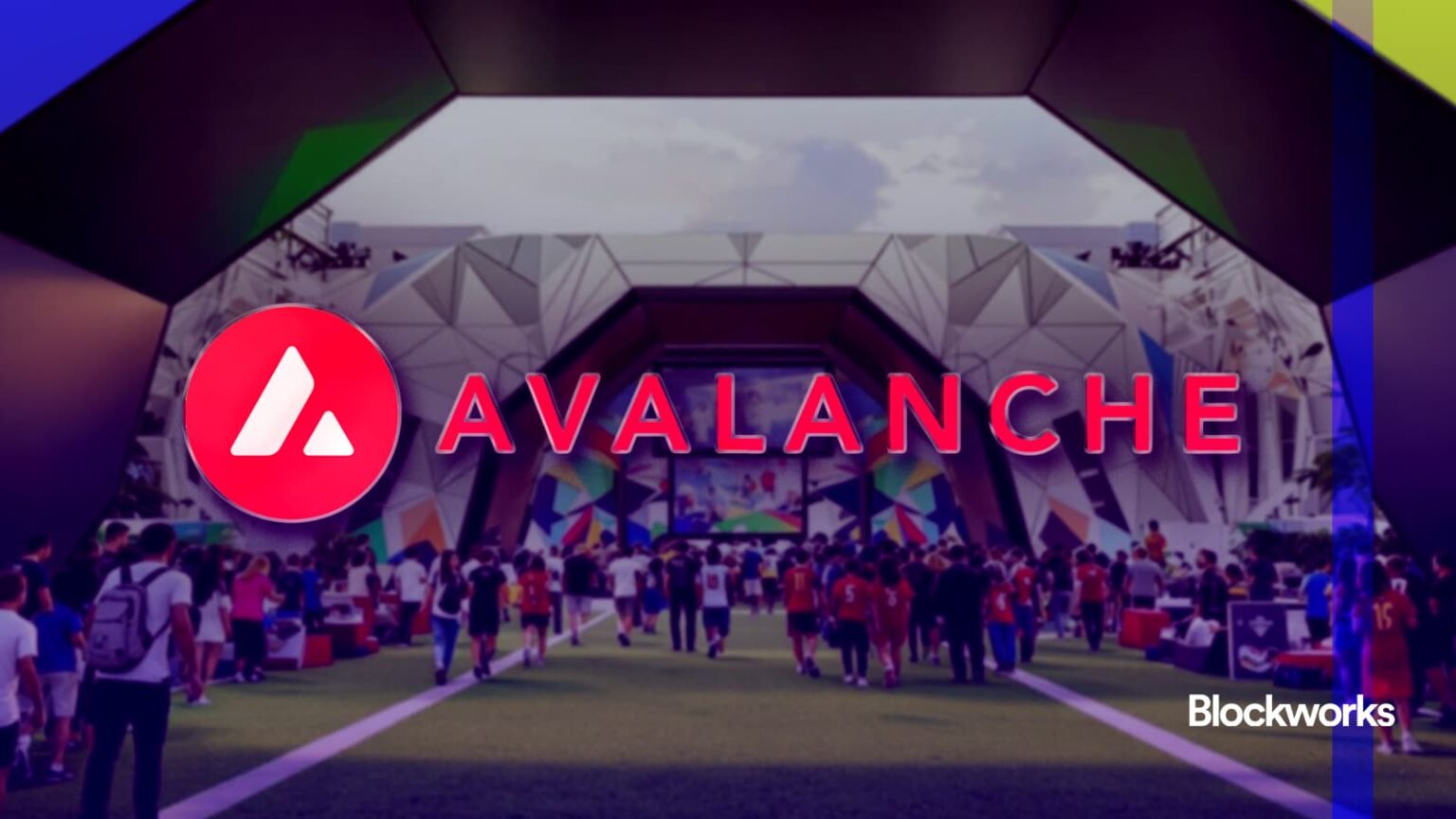Avalanche Leads L1 Chain Launches: Ethereum’s Drawbacks Amplified
FIFA, Maplestory, Off the Grid, and Inversion represent just a few of the notable projects recently establishing or planning to establish sovereign Layer 1 chains on Avalanche’s technology stack.
Why Avalanche? Key Differentiators vs. Ethereum
Avalanche’s standout features include the landmark Avalanche9000 upgrade (effective December 2023), an evolution comparable to “The Merge” but redefining validator economics.
Most significantly, the ACP-77 upgrade replaced Avalanche validators’ costly 2,000 AVAX fixed stake requirement with an affordable, pay-as-you-go model. This reduction in entry barriers makes launching sovereign L1 chains significantly more accessible.
Estimates by Blockworks Research suggest Avalanche L1 creation may now be more economical than options like Celestia rollups or Cosmos AppChains.
Beyond Foundational Costs: Leveraging Avalanche’s C-Chain Infrastructure
New L1 teams can capitalize on Avalanche’s C-Chain while developing their own blockchain. A prime example: Implementing centralized exchange (CEX) ramps—previously requiring teams to dedicate valuable token supply—becomes unnecessary.
“This fundamentally accelerates time-to-market and reduces integration costs from millions,” explained Luigi D’Onorio DeMeo, Ava Labs’ chief strategy officer. “The C-Chain effectively serves as an established middleware, providing access to mature infrastructure components like oracles, RPCs, indexers, NFT marketplaces, and more—all expensive elements that independent L1s must typically bootstrap.
The network’s Interchain Messaging (ICM) protocol facilitates seamless asset transfers between the C-Chain and L1 chains, driving interoperability. Current data indicates the C-Chain to Maplestory chain route is among the most active.
AVAX Value Accrual: A Central Economic Driver
Unlike many Ethereum L2 options, Avalanche’s native token (AVAX) benefits from robust value accumulation mechanisms.
First, 100% of C-Chain fees are permanently burned—contrasting with Ethereum’s partial fees and Solana’s less aggressive approach.
Second, validators must stake significant AVAX (currently approximately $8 billion total staked across x, y, and c-chains). Additional value flow occurs through validators’ mandatory monthly fees (amounting to hundreds to thousands of dollars typically)
Avalanche’s Strategic Path Forward
Avalanche’s evolution continues with planned upgrades like ACP-125 & Octane (ACP-176) that further reduce C-Chain minimum base fees, achieving a nearly 96% fee reduction since 2025.
Predicted advancements include asynchronous execution (ACP-194) to further enhance scalability.
A key misconception addressed by DeMeo: Avalanche is actively pursuing speed. The platform already demonstrates commitment to fee efficiency.
Simultaneously, the network seeks to grow its active L1 ecosystem. With 66 existing chains and extensive onboarding, Avalanche is strategically positioned to cultivate substantial network effects within DeFi and beyond.












